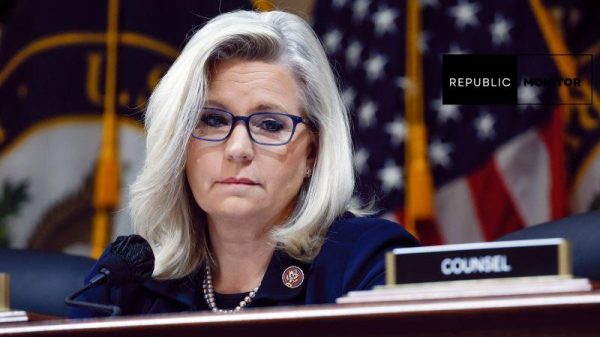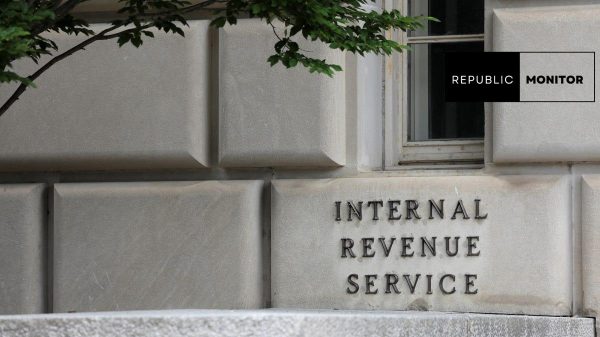Introduction: An Affordable Path to Homeownership
In a move to alleviate the financial burden on federal student loan borrowers, the Biden administration introduced the Saving on a Valuable Education (SAVE) plan. Beyond reducing monthly payments, experts now suggest that this more affordable repayment plan could serve as a potential gateway for borrowers to realize their dreams of homeownership. This article explores the impact of the SAVE plan on borrowers’ debt-to-income ratio and its implications for aspiring homebuyers.

The SAVE Plan, a new route to homeownership for those with federal student loans
The SAVE Plan Unveiled
The SAVE plan, hailed as “the most affordable repayment plan yet,” offers federal student loan borrowers a significant reduction in their monthly payments. With the potential for borrowers to even have a $0 bill, the plan aims to address the challenges faced by many individuals grappling with the financial aftermath of their education.
Empowering Aspiring Homebuyers
The connection between the SAVE plan and homeownership lies in its ability to positively impact borrowers’ debt-to-income ratio. Experts emphasize that a lower monthly payment resulting from enrolling in the SAVE plan can enhance borrowers’ eligibility for a mortgage. Given that 60% of millennial borrowers cite education debt as a hindrance to homeownership, the SAVE plan emerges as a potential solution.
Understanding Debt-to-Income Ratio
The debt-to-income ratio plays a pivotal role in mortgage underwriting. By dividing all monthly debts by monthly income, lenders assess an individual’s financial capacity to take on additional debt, such as a mortgage. The SAVE plan’s reduction in monthly payments contributes to lowering this crucial ratio, making homeownership more accessible for eligible borrowers.
Impact on Borrowers’ Debt-to-Income Ratio
Borrowers enrolled in the SAVE plan may witness a substantial decrease in their debt-to-income ratio, ranging from 1.5% to 3.6%, according to a report by the Center for Responsible Lending. The plan achieves this by increasing the income exempted from payment calculations to 225% of the poverty line, up from 150%. As a result, a significant portion of borrowers’ income becomes exempt from the monthly obligation, further easing their financial burden.
Addressing Delayed Homeownership Due to Student Debt
A 2021 report by the National Association of Realtors highlighted that 60% of millennial borrowers and half of all student loan borrowers expressed that their education debt delayed their plans for homeownership. The SAVE plan aims to address this delay by providing a feasible repayment structure that aligns with borrowers’ financial capabilities.
Conclusion: A Promising Path Forward
As federal student loan borrowers navigate the complexities of loan repayment, the SAVE plan emerges not only as a financial relief mechanism but also as a potential catalyst for achieving homeownership dreams. By reducing monthly payments and positively impacting the debt-to-income ratio, the SAVE plan represents a promising path forward for aspiring homebuyers seeking to balance student loan obligations with homeownership aspirations.
















